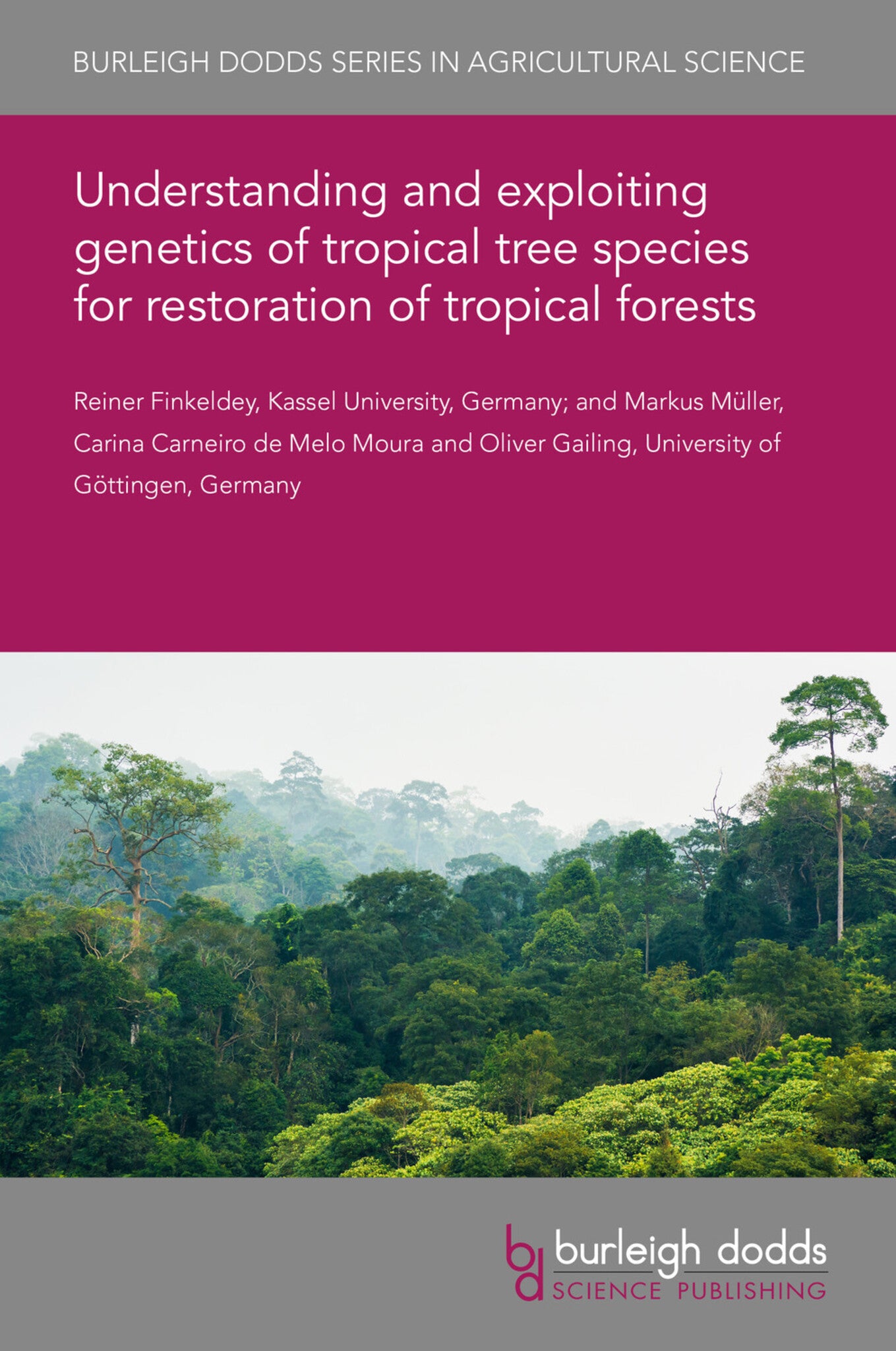We're sorry. An error has occurred
Please cancel or retry.
Understanding and exploiting genetics of tropical tree species for restoration of tropical forests
Regular price
£25.00
Sale price
£25.00
Regular price
£25.00
Unit price
/
per
Sale
Sold out
Re-stocking soon
The development of sound conservation and regeneration strategies depends on the exploitation of genetic variation of tropical trees. Patterns of genetic variation have been assessed in field trial...
Read More

Some error occured while loading the Quick View. Please close the Quick View and try reloading the page.
Couldn't load pickup availability
- Format:
-
26 October 2020

The development of sound conservation and regeneration strategies depends on the exploitation of genetic variation of tropical trees. Patterns of genetic variation have been assessed in field trials and at molecular markers only for a few main plantation species such as eucalypts. Preliminary evidence points towards considerable genetic diversity and complex spatial structures for most tropical tree species. Examples are provided to illustrate the use of field trials and molecular tools in order to clarify genetic relationships within species-rich taxa such as dipterocarps and to identify superior genotypes for plantation establishment.

Price: £25.00
Publisher: Burleigh Dodds Science Publishing
Imprint: Burleigh Dodds Science Publishing
Series: Burleigh Dodds Series in Agricultural Science
Publication Date:
26 October 2020
ISBN: 9781786769091
Format: eBook
BISACs:
TECHNOLOGY & ENGINEERING / Agriculture / Forestry, Forestry and silviculture, TECHNOLOGY & ENGINEERING / Agriculture / Sustainable Agriculture, Forestry industry, Sustainable agriculture

1 Introduction 2 Methods to measure genetic diversity: field trials and tree improvement 3 Methods to measure genetic diversity: molecular markers 4 DNA barcoding 5 Genetic studies to investigate reproductive systems 6 Case studies: figs, dipterocarps, teak and eucalypts 7 Summary and future trends 8 Where to look for further information 9 References



